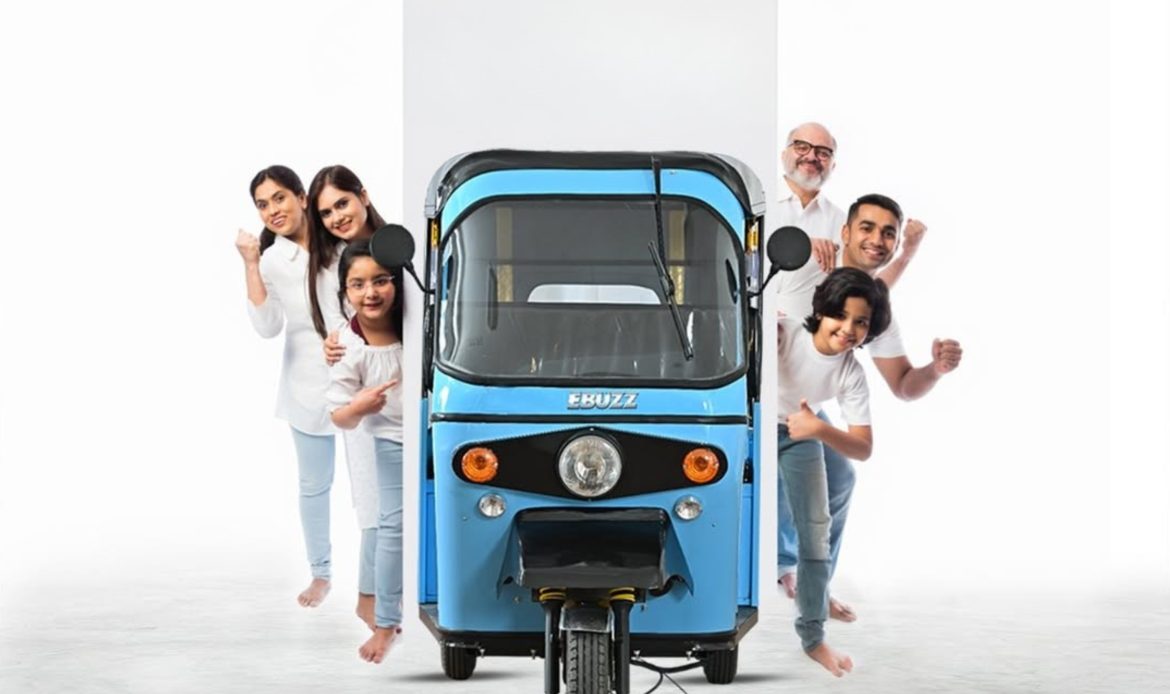Passenger electric rickshaws, or e-rickshaws, are becoming a game-changer quickly in the urban transport scene of India. These electric three-wheelers are re-shaping the final-meal connectivity, offering a cleaner, greenery option for traditional auto-rickshaws. Thanks to assistant government policies and rising environmental awareness, e-rickshaws are more than only one innovation—they are rapidly becoming a mainstream solution for crowds and pollution-struggling cities.
What Are Passenger E-Rickshaws?
Passenger e-rickshaws are three-wheel electric vehicles designed to transport small distance passenger mainly in urban and semi-urban areas. They run perfectly on electric motors powered by batteries, which means that there is no petrol, no diesel and zero telpipe emissions. Most models can comfortably accommodate 3 to 6 passengers, making them ideal for congested roads, narrow streets and centers of the city where space is always at a premium.
Benefits of Passenger E-Rickshaws
- Eco-Friendly Transportation
E-rickshaws produce 0 emissions, assisting reduce air pollution in towns. This isn’t just exact for the environment—it additionally makes town air safer and healthier for anybody, from commuters to kids playing out of doors. - Cost-Effective Operation
Electric rickshaws are cheaper to run than conventional automobile-rickshaws. The value in step with kilometer is considerably decrease, that means operators store on gasoline costs while passengers revel in low-priced rides. - Employment Generation
The upward rise of e-rickshaws has created actual financial opportunities. Drivers, mechanics, and provider personnel all locate steady paintings, which contributes to nearby economic growth and gives livelihoods in urban and semi-urban areas. - कम मेंटेनेंस
Fewer transferring elements suggest fewer complications. E-rickshaws require much less common upkeep than conventional vehicles, translating into lower protection charges and longer operational life.
Government Policies and Incentives
The Government of India has actively encouraged the dynamics of electricity, and the passenger e-rickshaw has been a significant focus:
- FAME India Scheme (Faster Adoption and Manufacturing of Hybrid and Electric Vehicles): Provides financial incentives to reduce the advance cost of e-rickshaws.
- PM E-Drive Scheme: Clean provides subsidy for electric three-wheelers to promote transport and reduce dependence on fossil fuels.
- State-level incentive: Many states made the deal sweeter with tax exemption, registration fee exemption and additional subsidy.
These policies make it easier for entrepreneurs to invest in e-rickshaws, which helps in accelerating adoption in cities.
Technology Behind Passenger E-Rickshaws
Battery Type
- Lithium-ion battery: light, long lasting, and fast to charge, these batteries are becoming a favorite option for new e-rickshaw models.
- Lead-acid battery: more economical upfronts but heavy and with a small lifetime. Charging also takes more time than lithium-ion batteries.
Motor strength and limit
Passengers e-rickshaws usually come with motors between 0.75 and 1.5 kW, which gives a speed of about 25–30 km/h. Depending on the battery type, area and load, the vehicle can cover 60 to 100 kilometers at the same charge.
Maintenance and Longevity
To benefit the most e-rickshaws, regular maintenance is important:
- Battery care: Monitor voltage and follow the appropriate charging practices to expand the battery life.
- Motor inspection: Check for time -time for wear and debris to ensure smooth operation.
- Break: Maintain and inspect for safe driving regularly.
- Tire: Keep them in good condition and inflate properly for efficiency and safety.
Market Trends and Future Approaches
Passenger e-rickshaw market in India is booming:
- Urban demand: Increased congestion and urbanization compact, enhances the need for efficient transport.
- Government support: Incentives and policies make e-rickshaws more accessible.
- Technological progress: Continuous R&D is improving batteries, motors and vehicle design, making them even more reliable.
Experts believe that e-rickshaw will become a central element of India’s urban dynamics strategy, especially as environmental awareness increases and cities are pushed to greenery transport.
Comparative Table: Lithium-Ion vs Lead-Acid Batteries
| Feature | Lithium-Ion Batteries | Lead-Acid Batteries |
|---|---|---|
| Energy Density | High | Moderate |
| Lifespan | 3–5 years | 1–2 years |
| Charging Time | 4–6 hours | 8–10 hours |
| Weight | Light | Heavy |
| Cost | High | Low |
Conclusion
Passenger e-rickshaws are no longer just an option—they are the solution to some of India’s most pressing urban mobility challenges. With continuous technical reforms, assistant government policies and increasing public awareness, these vehicles are ready to be a mainstay in the city’s transportation, offering efficiency, stability and economic opportunities.


